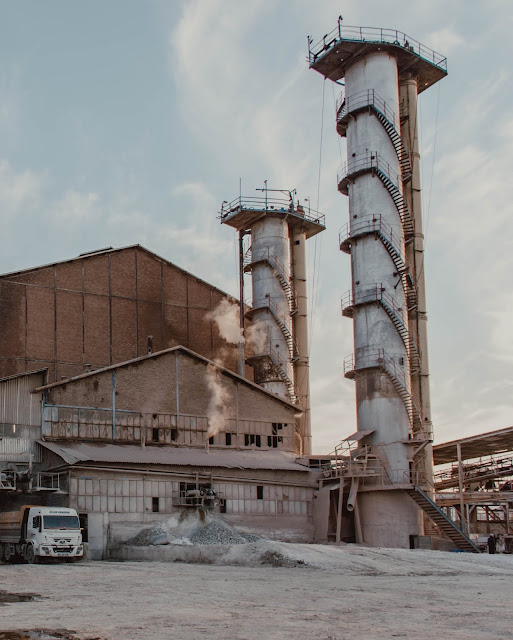Demand of Oil in the world
Demand of Oil in the world
Oil prices have risen greatly in the past few years (Keralaoil.com, 2014). According to a report, 2010 prices of the sweet crude were $102.81 compared to current price of $111.36 per barrel (Denna, 2009). Another report shows that the cheapest Crude oil was $4.97 barrel in the year 1985 with current price of $47.95 per barrel (Krishnan, 2010). In terms of consumption, World total consumption is approximately 72.1 billion barrels of oil (Denna, 2009). This shows a massive increase of oil in the recent years. The demand for the crude oil and refined products is very high in the world. This is so because of the increased economic activities in the world.
Oil and crude product consumption in the United States over the past decade has increased compared to the previous time period (IHC, 2007). For example, total consumption of gasoline and gasoline blend fuels was about 160 billion gallons in the year 2000 and increased to 204 billion gallons in the year 2004 (IHC, 2007). For example, for all the motor vehicles, motor vehicles in the US used 36 billion gallons of gas in 1990, and it increased to 32 billion gallons in the year 2000. This is a huge increase of crude oil consumption. The increasing crude oil production and consumption in the US is due to the increased petroleum production. The more petroleum being produced is absorbed by the oil and refined products consumers as well as the refinery industry (Denna, 2009). The report of IHC shows that total demand of oil in the US was 9.5 million barrels of crude oil per day in the year 2000 and increased to 11.8 million barrels of crude oil per day in the year 2004 (IHC, 2007). The increased demand shows a massive increase in the use of oil in the US.
In contrast, the government of China showed a big change on the oil production. For example, the oil production was increasing for the first time since 1900 (IHC, 2007). For example, the volume of oil being produced by the Chinese oilfields increased from 0.15 million barrels per day in the year 1950 to 0.95 million barrels per day in the year 2000 (IHC, 2007). The increased petroleum production in the Chinese oilfields indicates a reduction of crude oil demand and increase in the crude oil production. In the year 2000, China proved to be the highest producer of oil and produced 80% of the oil in the world (IHC, 2007). The volume of oil per day in the Chinese oilfields increased from 0.6 million barrels per day in the year 2000 to 0.71 million barrels per day in the year 2004 (IHC, 2007). This shows a sharp increase in oil production in the Chinese oilfields.
The increased demand of oil in the world has put pressure on the available oil and the ability of storing the oil for a long period of time. For example, the capacity of oil storage tanks and pipelines of US increased by 4% (IHC, 2007). The U.S government realized a decline in the oil prices during the same period. The decline in oil prices is a clear indication that the decrease in the oil prices is as a result of less oil.
References
Denna, A. (2009). Reuters: Iran claims it has large amount of oil that could trigger world oil price hike . Web.
IHC, (2007). Oil by Dec 2001: the recent purchasing patterns from the USA, China, Japan, Australia, and Europe - Historic oil and fuels market. New Delhi: IHC Publications.
Krishnan, V. (2010). "India's Oil Prices: Analyzing the Global Presentation and Trends ." Journal of Commercial Science (PhD/Master's of Management and Finance) 11: 305-336.








No comments